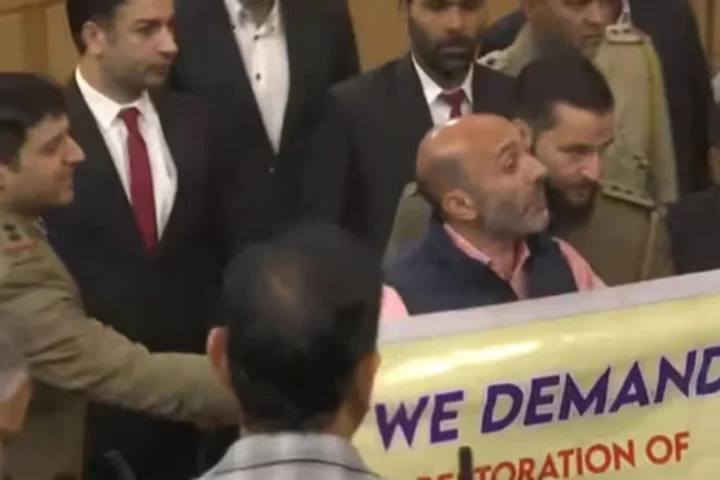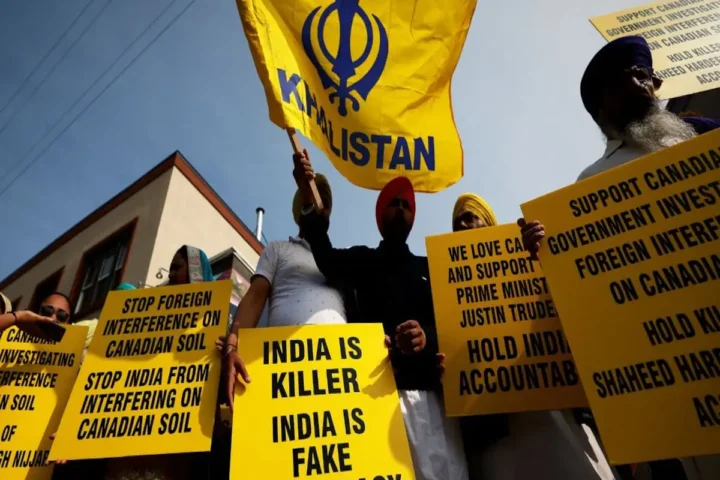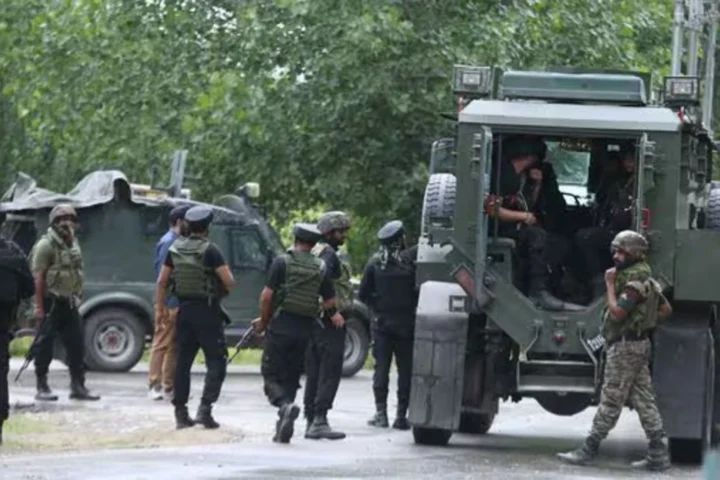Punjab, a region with a rich history of immigration, is currently witnessing a unique phenomenon – a blend of reverse migration and immigration. The state, known for its vibrant culture, is grappling with a trend where elderly residents are relinquishing their Indian citizenship and selling off their land to settle abroad. In this blog, we delve into the multifaceted reasons driving this migration trend and attempt to uncover the complex realities shaping Punjab’s changing demographic landscape.
The Numbers Game
Official data reveals a significant shift in citizenship dynamics, with over 28,117 Punjab residents renouncing their Indian citizenship between 2014 and 2022. While Delhi topped the list with 60,414 passports surrendered during this period, Punjab’s numbers remain noteworthy, shedding light on the factors compelling residents to seek life beyond their homeland.
Economic Struggles and Unemployment
Punjab’s economic challenges, marked by a high per capita debt of Rs 1 lakh and a debt-to-GDP ratio soaring to 53.3%, are critical contributors to the migration wave. The state, facing a growing unemployment rate of 8.6%, sees senior citizens selling their properties to fund their children’s education and secure better job opportunities abroad.
Education, Jobs, and Family Unification
The younger generation’s pursuit of educational and professional opportunities overseas prompts their parents to follow suit. Once students attain permanent residency (PR) in foreign countries, they often choose not to return, leading parents to sell properties and join their children abroad. This family unification aspect plays a pivotal role in the decision-making process.
Security Concerns and Crime Rates
Contrary to political promises of transforming Punjab, rising crime rates and security concerns persist. Residents, particularly the elderly, cite a lack of security, increasing pollution, and a surge in criminal activities as compelling reasons to seek safer environments abroad. Incidents of attacks, lootings, and property disputes add to the perception of a deteriorating law and order situation.
Real Estate Industry Dynamics
Interestingly, despite the exodus, Punjab’s real estate industry continues to attract investments. While some are liquidating their rural properties to settle abroad, NRIs express concerns about safety and opt for urban areas with gated housing societies. Tier-II cities remain a preferred choice for NRI Punjabis, with factors like lower home loan costs contributing to continued investments.
Government Response and Commitments
Political leaders, including those from the Aam Aadmi Party (AAP), acknowledge the challenges faced by NRIs and express commitment to addressing grievances. However, skepticism remains, with some citing past exploitation and property-related issues. Efforts to promote reverse migration and curb the brain drain are underway, but their effectiveness remains to be seen.
Winding it up
Punjab’s migration dilemma encapsulates a complex interplay of economic, social, and security factors. As families weigh the pros and cons of settling abroad, the state grapples with striking a balance between retaining its residents and addressing the underlying issues driving migration. The story unfolds against a backdrop of economic struggles, aspirations for a better life, and the intricate dynamics of family ties.







